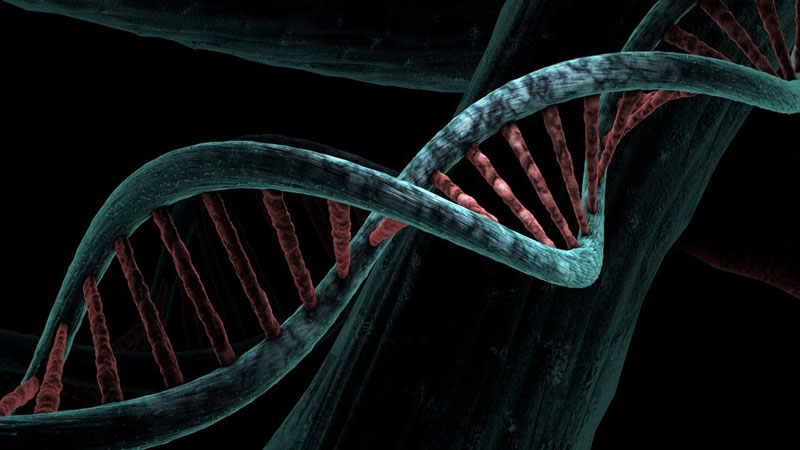Recording information in DNA promises to dramatically increase the density of digital archives, and the ability of these molecules to reproduce sequences of nucleotide bases is comparable to editing and executing code. Until recently, scientists succeeded in either one or the other, which is far from the ideal – creating biocomputers for simultaneous storage and processing of information. Scientists from the USA claim that they have a solution.

Image source: Pixabay
According to researchers from the University of North Carolina (NC) and Johns Hopkins University, they have created the literal predecessor of all DNA computers of the future – a system that provides a full range of computing functions using nucleic acid chains, such as storage, reading, erasing, moving, and overwriting data, and controlling these functions, just like a regular programmable computer does.
«It was believed that while storing data in DNA could be useful for long-term storage of information, it would be difficult or impossible to develop DNA technology that would cover the full range of operations inherent in traditional electronic devices, the authors of the work explain. “We have demonstrated that these DNA-based technologies are viable because we created them.”
The development is based on the technology of orderly or even hierarchical distribution of DNA, whereas scientists usually worked with DNA freely floating in solutions. To do this, scientists created a branched “fibrous” structure from a polymer such as dendricolloid with a diameter of 50 microns. DNA seemed to be woven into the tree-like structure of polymer threads, which made it possible, for example, to simplify erasing and rewriting specified sections, similar to working with a hard drive.
At the same time, the reading did not destroy the information (DNA), since it was extracted from the base by reproducing the desired sections in RNA – a natural function inherent in the duplication mechanism using DNA for billions of years. One of the most important discoveries was the way scientists found to distinguish DNA from the base (from the fibers into which these molecules are woven). Further, scientists showed that with this data (with nucleotide bases) it is possible to perform calculations, as on a regular computer.
Artificial aging of samples showed that at a temperature of 4 °C information can be preserved for up to 6000 years, and when frozen to -18 °C – up to 2 million years. In one cubic centimeter, the proposed base – dendricolloid – will be able to store up to 10 PB of data. This is a good application for expanding capacity for long-term storage of archives that can survive more than one civilization on Earth.